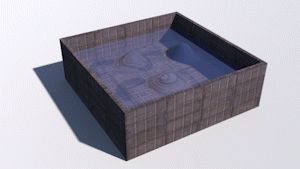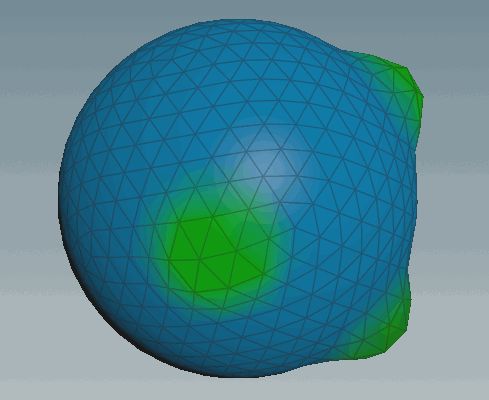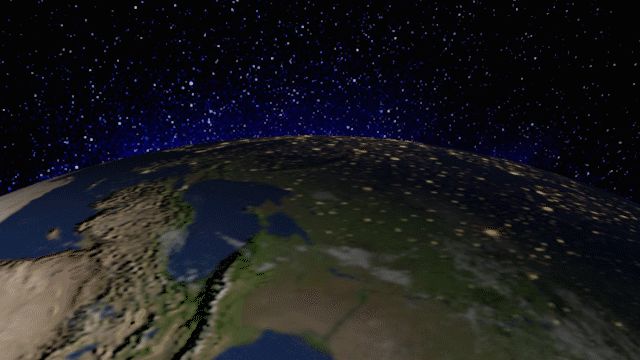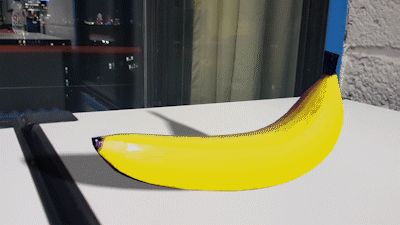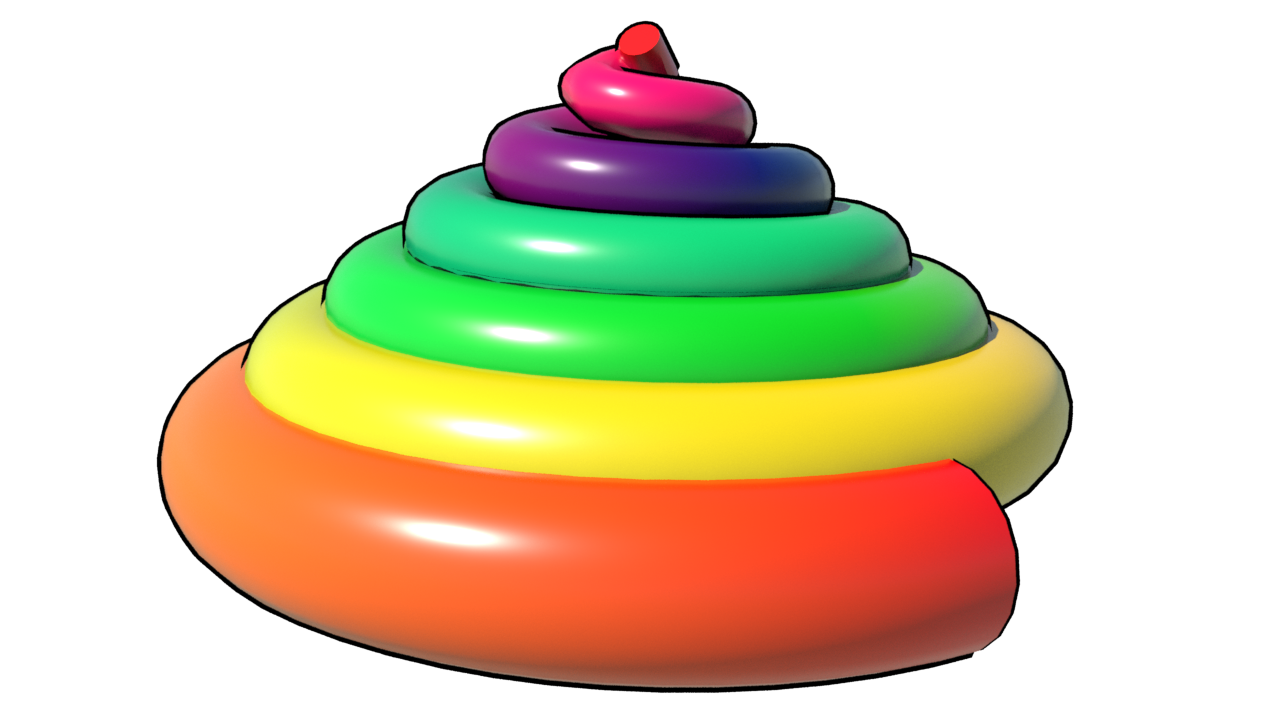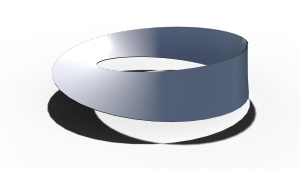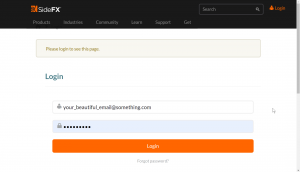This is the course blog for the TU Berlin course in the winter semester 2019/2020.
for the TU Berlin course in the winter semester 2019/2020.
Course Times
Wed. 12-14 MA 749
Thu. 12-14 MA 645
Contact
Olga Diamanti – diamanti_at_math.tu-berlin.de
Marcel Padilla – padilla_at_math.tu-berlin.de
Office Hours
Thursdays 14:00-16:00 at MA 823.
New posts will arrive below this sticky post. Please stay up to date with the announcements on this post. There may be changes to the schedule during the course and they will be posted here.
Announcements
- 11.03.2022: New download folder link for all the files! (There was an issue with the cloud service.)
- 30.01.2020: All the notes for the course material have been posted either in the downloads folder or as links in the course progress post.
- 30.01.2020: The final project topics are now online. Click this page for further information.
- 09.01.2020: Practical Implementation Homework 05 is now online. Click here to flatten. (Due Tuesday, January 28.)
- 20.12.2019: Some candidate papers for the implementation project have been (tentatively!) posted. See the downloads folder.
- 20.12.2019: Pen & Paper Assignment IV has been posted.
- 19.12.2019: Practical Implementation Homework 04 is now online. Click here to splish splash.
- 04.12.2019: Pen & Paper Assignment III has been posted.
- 28.11.2019: Practical Implementation Homework 03 is now online. Click here and burn the bunny.
- 20.11.2019: Practical Implementation Homework ist now online. Get creative and click here.
- 15.11.2019: Pen & Paper Assignment II has been posted.
- 07.11.2019: The first practical implementation homework is now online! Click here.
- 24.10.2019: Pen & Paper Assignment I has been posted. In preparation for next week’s Houdini tutorials, please install Houdini as described here.
- 24.10.2019: You have been granted access to author blog posts on this website. If you have any questions regarding the course, feel free to write a post! (If you have not been received an invite, please send us your email address).
- 23.10.2019: Important: Due to administrative restrictions, the course rules have been updated.
- 17.10.2019: Important: Please send us your email address so we can compile a mailing list and notify you of important news / website updates.
- 17.10.2019: Click here to follow the lecture progress.
- 17.10.2019: The course rules (grading / homework / examinations) can be found here.
- 17.10.2019: The first theory homework will be handed out during the week of October 21, the first implementation homework during the week starting October 28.
- 17.10.2019: Lecture notes can be found in the downloads.
- 15.10.2019: As Peter Schroeder is a visiting Professor from Caltech, some weeks will have two lectures and some weeks will have two tutorials.
